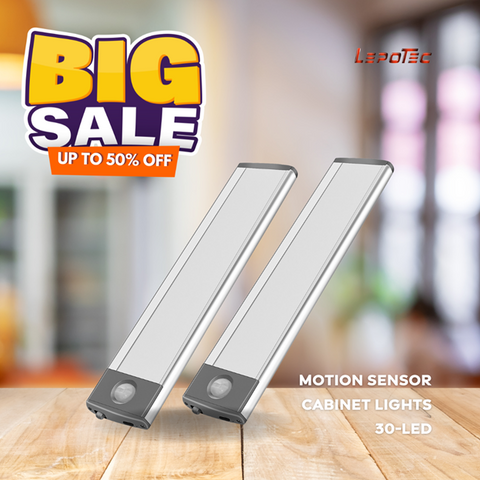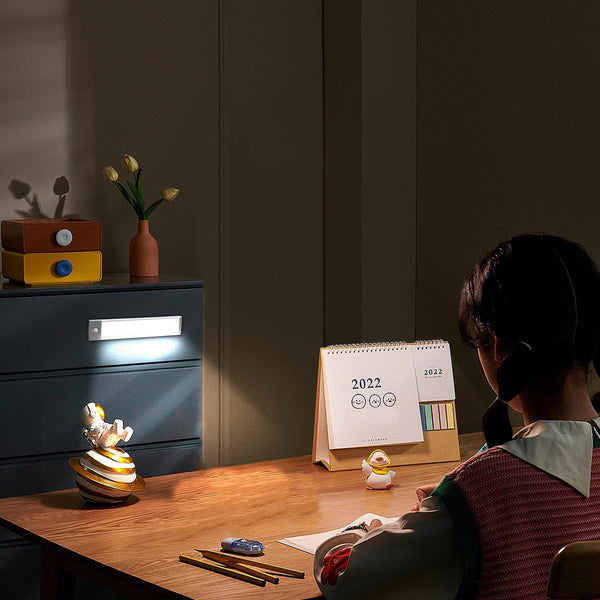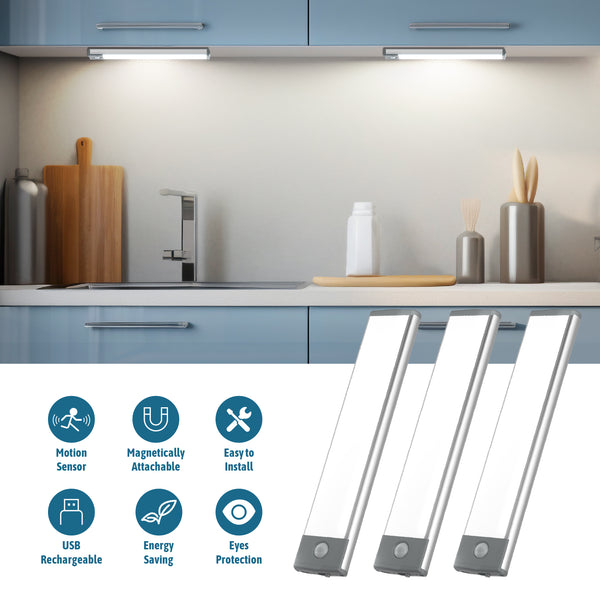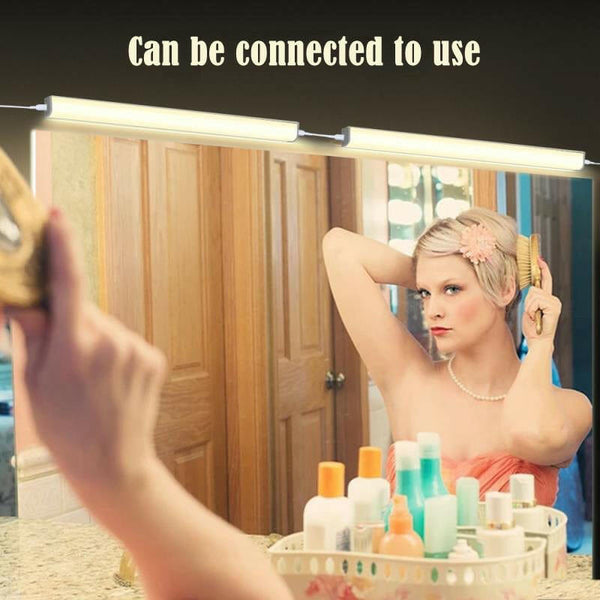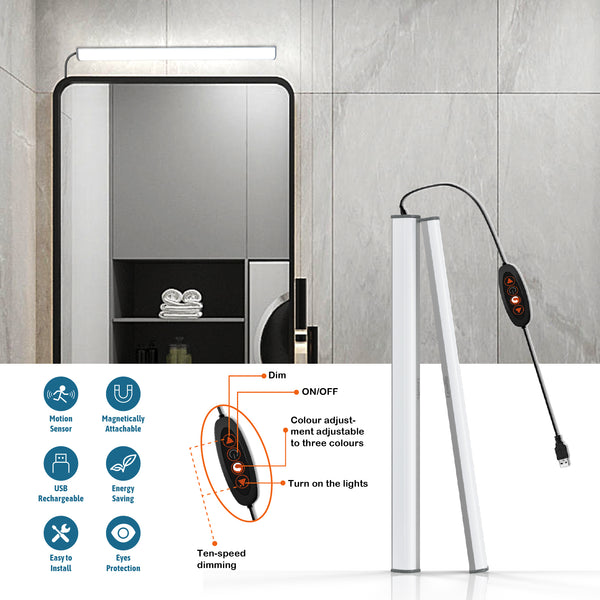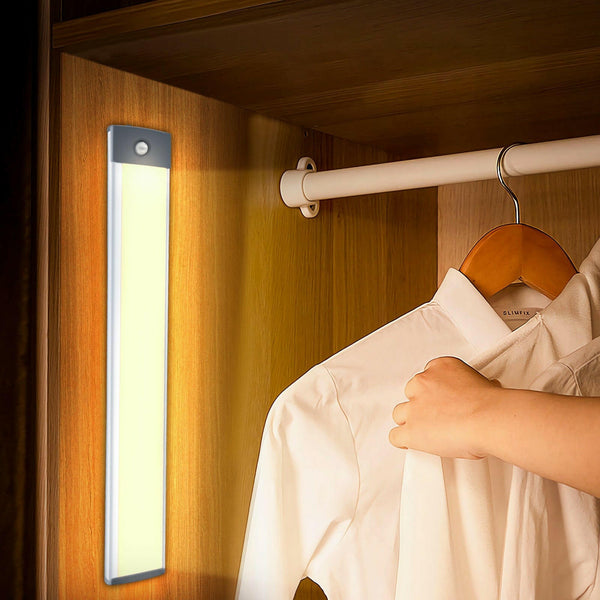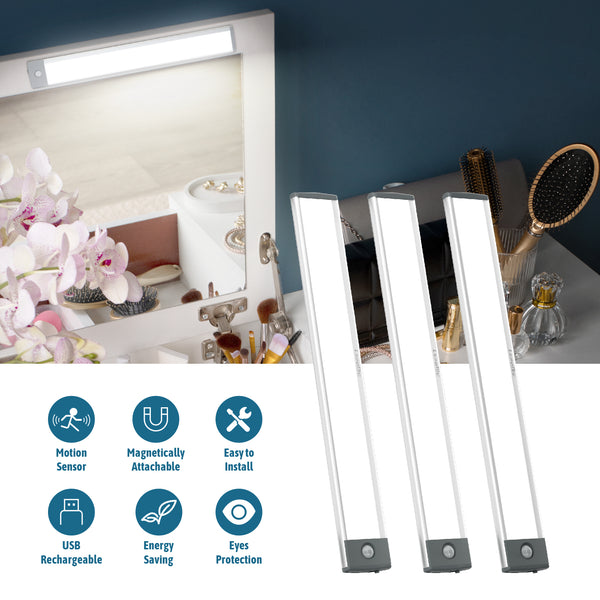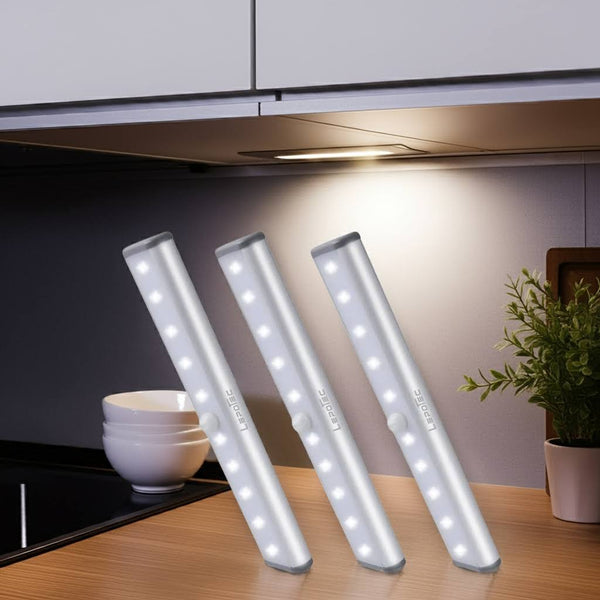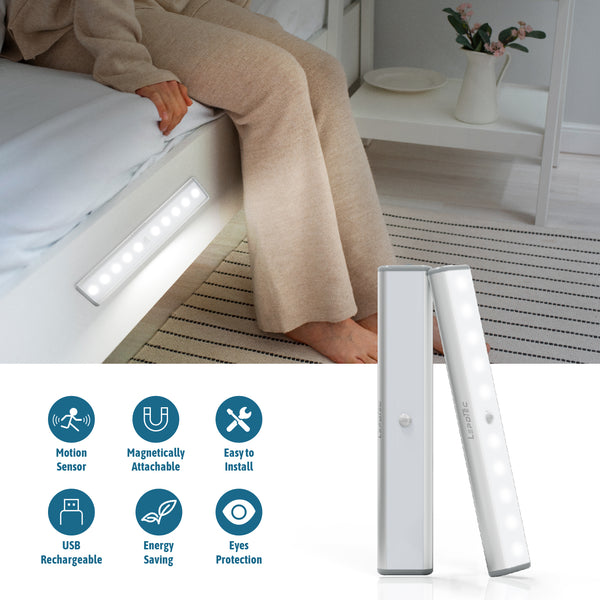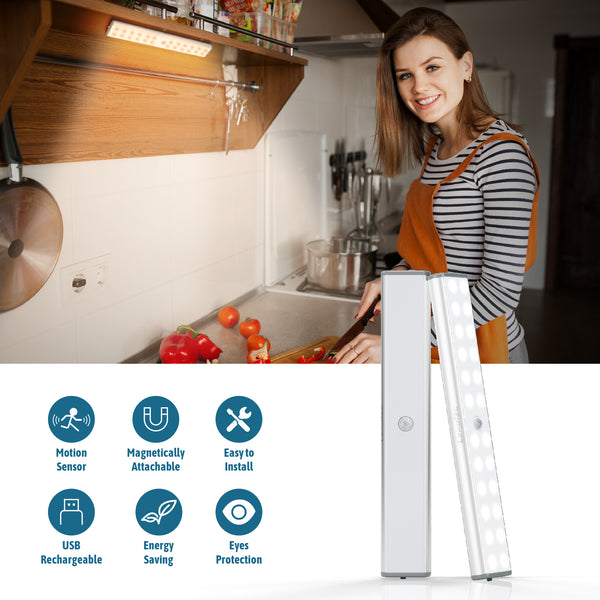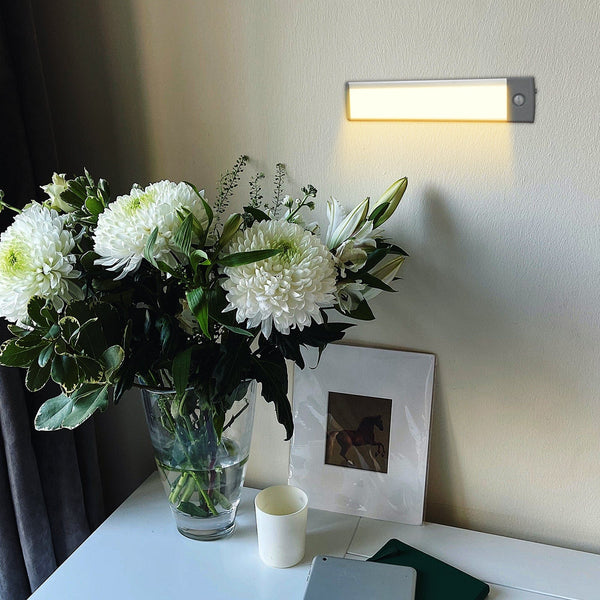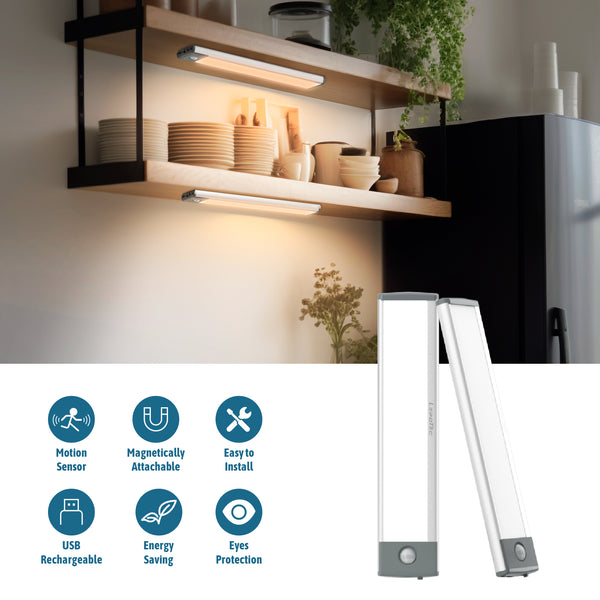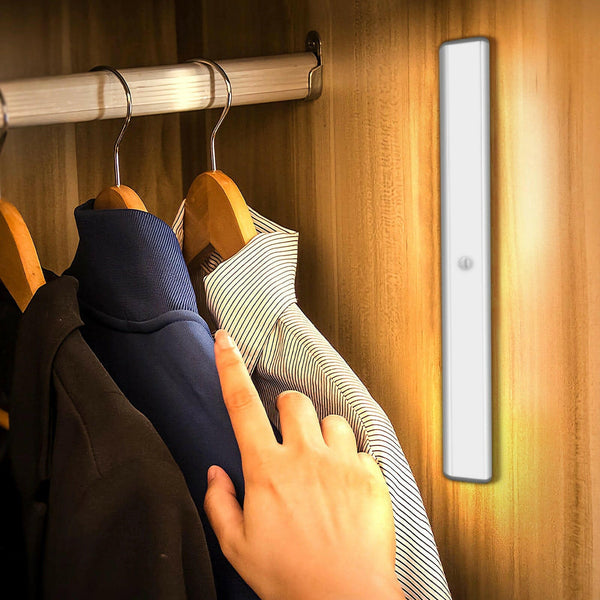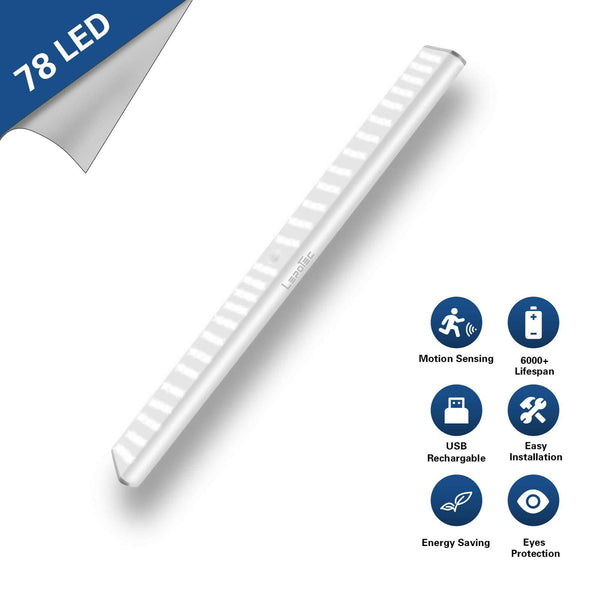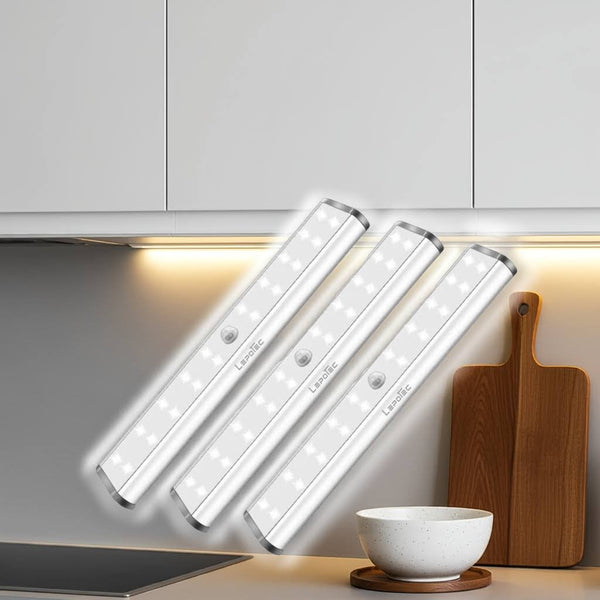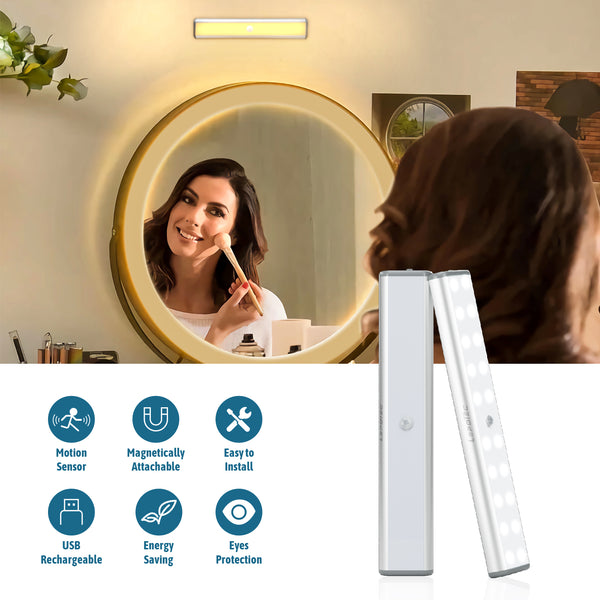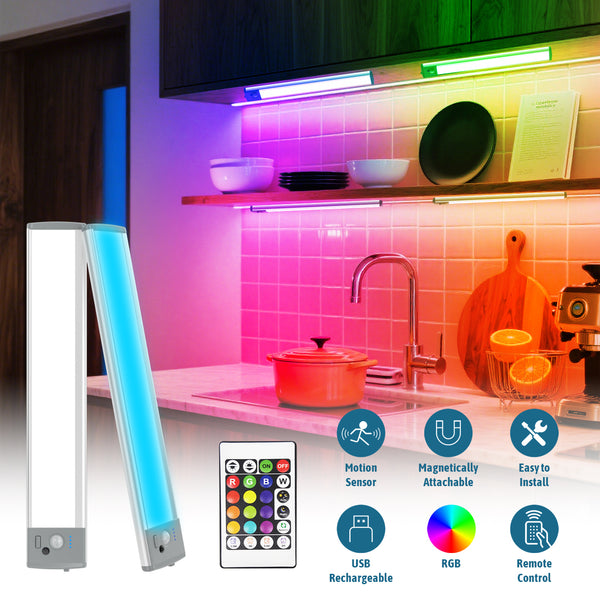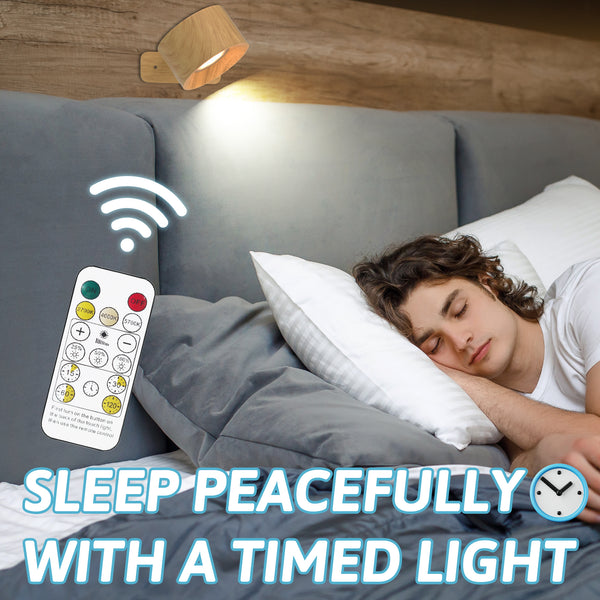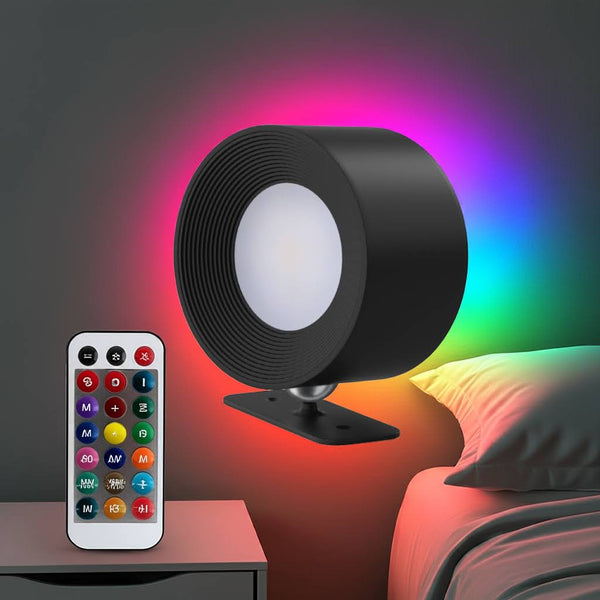Rooms in Your Home
Ambient Lighting Strategy
1.Living Room
Combine floor lamps with ceiling fixtures, use dimmer switches, and maximize natural light with sheer curtains and mirrors.
2.Kitchen
Use recessed lighting for shadow-free illumination and under-cabinet lighting to eliminate shadows on work surfaces.
3.Dining Room
Employ a statement piece like a chandelier over the dining table with dimmer capabilities, supplemented with wall sconces.
4.Bedroom
Select fixtures with a warm, soft glow and dimmer switches; consider accent lighting for a tranquil ambiance.
5.Bathroom
Install a central ceiling fixture for even light distribution and task lighting around the mirror for grooming tasks.
6.Office/Study
Blend overhead lighting with floor or desk lamps; incorporate adjustable lighting and dimmers to minimize eye strain.
7.Hallways/Stairs
Use recessed lights or wall-mounted fixtures for continuous illumination; install night lights for safety.
Ambient lighting is the primary layer of light in a space, providing consistent brightness and setting the mood. It offers several benefits: it enhances room aesthetics, increases comfort, and improves space functionality. We will explore how to effectively use ambient lighting in various home areas, focusing on achieving a balanced and inviting atmosphere. Additionally, we'll cover energy-saving tips and smart lighting technologies to optimize your ambient lighting setup.
Living Room
Our first stop is the living room. The emphasis is on crafting a cozy and welcoming atmosphere that caters to various activities. Integrating a variety of light sources, such as floor lamps paired with ceiling fixtures, allows for flexibility in adjusting the room's ambiance to suit different moments—be it diving into a book, enjoying your favorite TV show, or entertaining friends. The use of dimmer switches is particularly valuable here, offering the ability to fine-tune the lighting intensity to match the occasion or time of day, thereby enhancing both comfort and functionality. To complement artificial lighting, making the most of natural daylight plays a significant role. Lightweight, sheer curtains can significantly boost the amount of sunlight filtering into the space, creating a bright and airy feel during the day. In areas where natural light is more limited, strategically positioned mirrors can cleverly spread light across the room, effectively brightening darker corners without the need for additional fixtures.
Kitchen
Moving into the kitchen, the goal shifts towards ensuring tasks can be performed with ease and precision. This is where recessed lighting comes into its own, providing widespread, shadow-free illumination that spans the entire room, including countertops and prep areas. To complement this, under-cabinet lighting steps in to fill any gaps, casting light directly onto work surfaces to eliminate shadows that overhead lights might miss. This layer not only serves a functional purpose but also adds a soft, ambient glow that can make the kitchen feel warmer and more inviting.
Dining Room
In the dining room, lighting takes on a dual role. A statement piece, such as a chandelier or pendant light, positioned over the dining table, not only acts as the room's visual anchor but also ensures there is plentiful light for dining. The ability to adjust these fixtures with a dimmer switch cannot be overstated; it allows for the creation of the perfect dining atmosphere, from bright and clear for family meals to subdued and intimate for special dinners. Adding wall sconces can further enhance this ambiance, casting a gentle light around the room's periphery and creating a soft, enveloping glow that invites diners to relax and enjoy their meal.
Bedroom
Ah, we are in the center of the world! In the bedroom, crafting an oasis of calm starts with the selection of lighting that fosters relaxation and serenity. Opting for fixtures that emit a warm, soft glow is key—think bulbs that produce a light reminiscent of the golden hour, ideally with the capability to adjust their brightness. Ceiling fixtures equipped with dimmer switches offer the versatility to dial down the intensity for a subdued, calming effect as the evening winds down. Similarly, bedside lamps outfitted with gentle, warm-toned bulbs and soft shades become not just functional pieces for reading but also tools to craft a soothing ambiance conducive to rest. The introduction of accent lighting—such as strategically placed floor lamps or wall-mounted fixtures—further enriches the bedroom’s ambient glow. These additional layers of light serve to softly illuminate without overpowering, ensuring the space remains a tranquil retreat away from the day’s hustle.
Bathroom
No matter what, we all have to answer the call of nature! Transitioning to the bathroom, the focus shifts towards achieving a lighting scheme that marries functionality with comfort. A central ceiling fixture that diffuses light evenly throughout the space can dramatically reduce the occurrence of shadows, which is essential in a room where precision tasks, like shaving or applying makeup, take place. Opting for frosted glass fixtures can soften the light, ensuring the bathroom feels welcoming while still being practical. To complement this ambient base, task lighting around the mirror is indispensable. These task lights should be positioned to cast an even light across the face, preventing shadows and ensuring grooming activities can be carried out with clarity. When ambient and task lighting work in concert, they create a well-balanced illumination that enhances the bathroom’s functionality without sacrificing its inviting atmosphere. This thoughtful approach to lighting not only addresses the practical aspects of bathroom use but also transforms the space into a pleasant, rejuvenating corner of the home.
Office or Study
For the office or study area, achieving a balance between adequate lighting and comfort is essential, especially for tasks that require focus over extended periods. Incorporating a blend of overhead lighting with supplemental floor or desk lamps can effectively illuminate the space while minimizing eye strain. This arrangement allows for a broad dispersion of light that envelops the room, eliminating dark spots and reducing glare, particularly on computer screens which are a common fixture in such settings. Adjustable lighting plays a crucial role here; the ability to modulate both the intensity and direction of light can significantly enhance work efficiency and comfort. By incorporating dimmers and adjustable lamps, you can tailor the lighting to the task at hand, whether it's detailed work requiring bright, focused light or reading that might benefit from a softer glow, thus creating an environment that supports productivity and well-being.
Hallways and Staircases
In hallways and staircases, safety becomes the paramount concern, necessitating a lighting strategy that ensures clear visibility and navigation at all times. Recessed lights or wall-mounted fixtures are excellent choices for providing a uniform and continuous source of gentle illumination that stretches the length of these transitional spaces. This ensures that every step and turn is visibly clear, reducing the risk of trips or falls. Additionally, the installation of night lights can further enhance safety during the nighttime, offering a subdued, comforting light that guides the way without interrupting the home's nighttime ambiance. These low-level lights are particularly beneficial in areas like staircases and long hallways, where even minimal lighting can make a significant difference in visibility and safety after dark. By thoughtfully implementing these lighting solutions, you can ensure that every corner of the home, regardless of its function, is safely and adequately lit, marrying practicality with an inviting atmosphere.
Tips for All Rooms
For Energy Efficiency
- Switch to LED Bulbs: Make the transition to LED bulbs for greater energy savings and longer lifespan, significantly reducing your home's energy consumption and maintenance needs.
- Install Motion Sensors: Equip less frequently used spaces with motion sensors to automatically turn off lights when they're not needed, ensuring energy isn’t wasted.
- Maximize Natural Light: Arrange your living spaces to enhance the use of natural daylight, reducing reliance on artificial lighting and embracing the health and mood benefits of sunlight.
- Incorporate Timers and Dimmers: Add timers or dimmer switches to your lighting setup for enhanced control, allowing you to save energy by adjusting light intensity according to your needs.
For Smart Lighting
- Embrace Customization with Smart Lighting: Utilize smart lighting systems for the ultimate control over color temperature and brightness, adapting your home's ambiance to suit various activities and moods throughout the day.
- Schedule Your Lighting: Take advantage of smart lighting's scheduling features to automate your home’s illumination based on the time of day or personal routines, enhancing convenience and energy efficiency.
- Control Lights Remotely: Utilize smart lighting technology to manage your home's lighting from anywhere, providing both convenience and an added layer of security.
- Link Lights with Other Smart Devices: Integrate your smart lights with other smart home devices for increased functionality, creating a more responsive and cohesive home environment.
Other Tips that May Matter
- Prioritize Quality in Lighting Choices: Invest in high-quality lighting solutions, focusing on durability and efficient light distribution to ensure long-term savings and a superior lighting experience.
- Utilize Reflective Surfaces to Enhance Light: Strategically place mirrors and reflective surfaces to amplify natural and artificial light, making spaces feel brighter and more open without the need for additional fixtures.
- Consider Wall Colors for Optimal Light Reflection: Choose lighter wall colors to improve light reflection, making your rooms feel more spacious and reducing the necessity for artificial lighting.
By tailoring your ambient lighting to the specific needs and character of each room, you create a more comfortable, functional, and inviting home. Thoughtful lighting design enhances not only the aesthetics of your spaces but also the overall well-being of your household.

